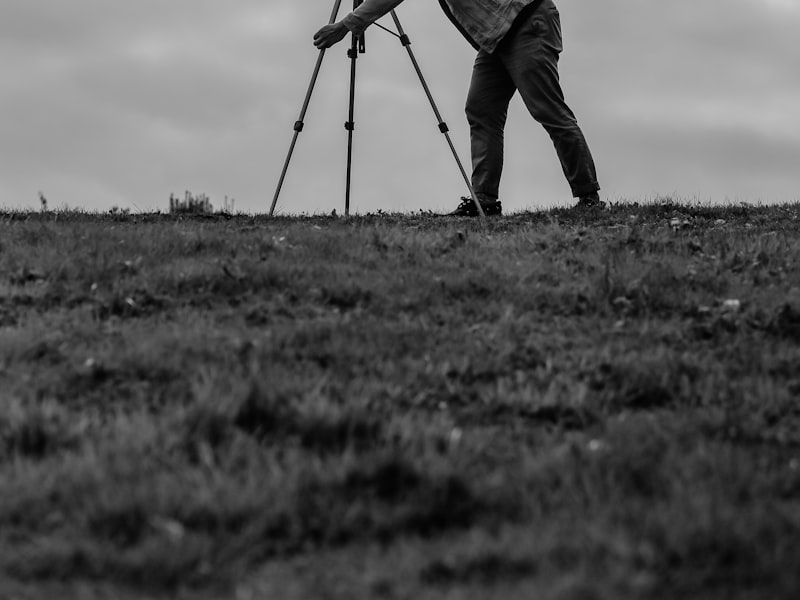Craniosacral Therapy - What You Need to Know

There are a variety of factors you need to take into consideration before making a decision on Craniosacral Therapy. This article will explain what you can expect from the treatment, and what certification means. This type of alternative medicine is regarded as to be a pseudoscience by some experts, but others believe it is a beneficial benefit to your health. Check out the following article for more details! You'll be happy you did!
Treatment
During a craniosacral therapy treatment, a trained practitioner will gently rock your sacrum and gently stretch your spine. This massage helps to improve circulation, which can enhance your overall health. The massage is about one hour. It helps to relieve discomfort, boost your immune system, and boost your overall health. During the massage, you can expect to feel a deep relaxation as well as tingling in the affected area.
The aim of craniotherapy is to create a mental space to increase awareness. This is done with subtle, yet effective touch techniques that stimulate your body's healing processes. The body is literally connected to the brain during massage, resulting in the physical equivalent of meditation. This healing process takes place at a "still point," or pause between waves in the body. Many people find it deeply relaxing.
Benefits
Craniosacral Therapy targets the central nervous system which is a crucial part the human body. The practitioner applies tiny pressure to manipulate the craniosacral tissues and assist the central nervous system function correctly. The practitioner also uses specialized techniques for manipulating the spine, including sacrum, which is located in the lower back. This therapy relieves tension and tension, resulting in increased clarity and emotional well-being.

The benefits of craniosacral therapy are numerous, and the treatment is non-invasive and gentle. The practitioner uses light touches and gentle strokes to check the movement of the central nervous system. It is made up of membranes, muscles and cerebrospinal liquid. This gentle massage is able to ease tension and enhance general well-being. It can be applied to the neck, head and back, shoulders as well as other areas of the body.
Cost
Craniosacral Therapy costs differ based on what you require and how often you get it. The treatment is typically $110 for a 60-minute session. Some providers offer discounted packages or work on a sliding scale for the initial few sessions. Half the cost of an office that doesn't have a sliding-scale fee will be charged. Based on your particular needs, you may be able to attend more sessions at the same cost.
The first meeting will consist of an initial consultation. 남양주출장안마 The practitioner will go over your medical history and ask questions about your symptoms. The practitioner will gently put his or her fingers on your body during this time. You may feel warmth, some tingling or gentle pulse. It is possible to experience a deep relaxation during the treatment. The treatment is extremely relaxing and can help you recover your vitality and energy levels.
Certification
If you are looking to learn more about Craniosacral Therapy, you might be wondering where to start. If you are looking to become certified in this field it is recommended that you take courses in this field. The courses are extremely practical and you will be taught the skills needed to provide exceptional customer service. Many of the students have gone on to start their own businesses, while others have gone on to become therapists.
There are many training courses, but none are as comprehensive and thorough as Peggy Reynolds's. The Craniosacral biodynamics course covers anatomy and function and energy dynamics. There are three areas of function that are involved in the healing process that include the fluid, the energy and the structure. Biodynamic Craniosacral Therapy is focused on the interplay between the three dimensions and stresses the importance of this in the daily life of a person.
Origins
The history of craniosacral therapy is rooted in traditional healing techniques. Its roots lie in the fluidity and the call to transformation and repair. This is the premise of biodynamic craniosacral therapy (BST).
In 1975, Dr. Upledger observed a rhythmical movement of the membranes surrounding the spinal cord. He then attended a cranial osteopathy course taught by William Sutherland, and put both of these pieces of information together to support the concept of a semi-hydraulic system in the cranium. Upledger created a method of gentle touch, and established the Upledger Institute in 1985. It has since been the most prominent training institution in CST.
